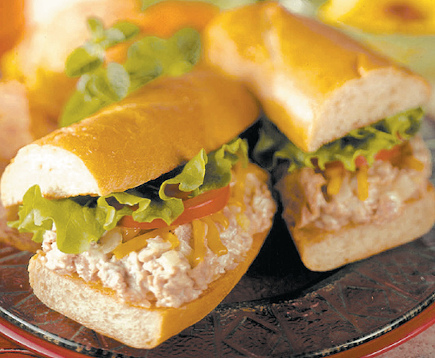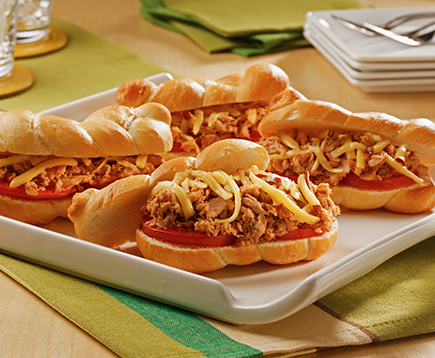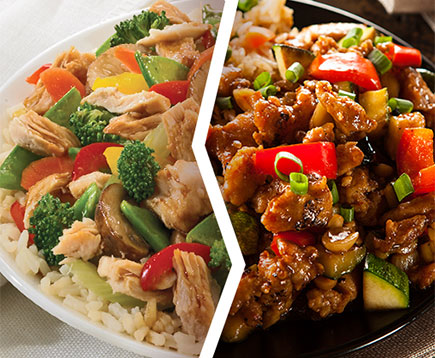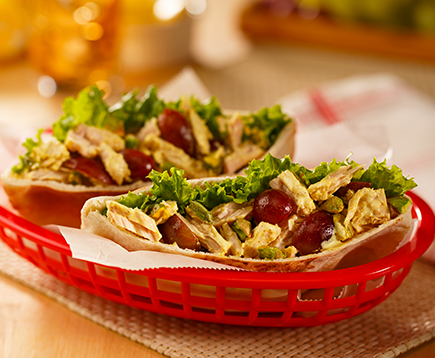
Protein requirements change as we age, requiring higher intakes, especially as we head into our senior years. Protein is especially important for maintaining muscle mass, repairing tissues and increasing bone strength. It’s also critical for those who are bedridden or recovering from a health event. Many researchers recommend, for seniors, 1 to 1.2 grams of protein per kilogram of body weight. This amount of protein helps preserve muscle mass and strength. However, smaller appetites, poor dentition, taste changes and diminished taste mean many seniors have difficulty meeting these goals.
Meal planning for seniors requires balancing a number of things. Making meals appetizing and flavorful, as well as meeting all nutritional needs, can be challenging. For older residents, aiming for 25 to 30 grams of protein per meal, with small protein-rich snacks in between, can help them space out their protein intake and meet all their needs.
Here are some simple ways to help your clients get more protein:
- Dairy products offer protein, as well as calcium and vitamin D, to help keep bones strong
- Milk, yogurt and cottage cheese are easy to eat and can be incorporated into meals and snacks
- A cup of milk has eight grams of protein, a six-ounce carton of yogurt has between eight and 17 grams, and a half-cup of cottage cheese has 14 grams
- Seafood, which is low in fat and has a nice, soft texture, is easy to eat and a great protein choice
- A two-ounce serving (about a quarter cup) of tuna has about 13 grams of protein
- Fattier seafood, like tuna, is also a good source of vitamin D, which helps support strong bones, plus it contains selenium, an important antioxidant, and the B vitamins niacin and B12
- Serve it as a salad, mixed with a chopped, hardboiled egg; plain, on crackers; or on toasted bread, with a slice of melted cheese
- Eggs are a perfect high-protein breakfast item or midmorning snack
- One egg has six grams of protein
- Scrambled eggs and omelets are soft; adding shredded cheese, low-salt ham or canned salmon can boost the protein content even more
- Stews and casseroles, with extra meat, seafood or poultry, are good options; by braising them in liquid, the meats are easier to chew and often more flavorful
- Dry powdered milk, mixed into regular milk, and using that to make pudding, custards or milkshakes, can double the protein and calories
- Small, easy, protein-rich, not-too-filling snacks in between meals
- Peanut or almond butter on crackers
- Sliced cheese
- Pudding or Greek yogurt








